
“Doing all we can to combat climate change comes with numerous benefits, from reducing pollution and associated health care costs to strengthening and diversifying the economy by shifting to renewable energy, among other measures”.
David Suzuki
Morocco is considered as one of the world’s top destinations for investment in renewable energy. The country contains around $30 billion worth of potential investment opportunities in the renewable energy sector; investing in Morocco, an area in which international investors are eager to increase their stakes in, renewable energies, renewable energy sources, Future energies.

Morocco is currently building the massive Noor Solar Power Complex, which will be the world’s largest solar plant when completed. The complex makes use of concentrated; Solar power, which can be stored for future use on nights and cloudy days. Noor consists of four plants and will have an installed capacity of 580 MW. The project’s estimated cost is around $9 billion. The four plants are intended to supply power to over 1 million homes in Morocco by 2020. It is also estimated that the complex will create 1,800 jobs.
The King of Morocco, Mohammed VI, inaugurated the first phase of Noor I in February 2016. Noor I has a gross capacity of 160 MW, and is being financed with a loan of €730 million. Noor II, has a gross capacity of 200 MW, and is being constructed with a financing of €810 million. The third phase of the complex, Noor III, has a capacity of 150 MW, and is being constructed with a funding of €645 million. Noor II and Noor III are expected to start producing electricity in 2018. The last phase of the complex, Noor IV, has the smallest capacity of 70 MW.
“I think the cost of energy will come down when we make this transition to renewable energy”.
Al Gore
The investment fund, Climate Investment Funds, sustainable tourism, investing in Morocco, estimates that Noor Solar Power Complex will reduce carbon emissions by 760,000 tons per year, which could result in an estimated reduction of over 17.5 million tons of carbon emissions over 25 years.
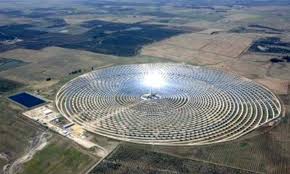
The Kingdom plans to have 2,000 MW in, wind power, capacity by 2020, and 4,200 MW by 2030. It is predicted that Morocco’s wind power capacity will contribute to around 20% of its energy production by 2030.
Wind parks & respective capacity in Morocco:
Tarfaya; 301 MW, Tangier; 140 MW, Tantan; 101 MW, Essaouira; 60 MW , and Laayoune; 50 MW.
“I’ve been very passionate about renewable energy for many years, particularly solar energy and its capacity to bring abundant clean, sustainable energy to millions around the globe”.
Richard Branson
Denmark’s Vestas has recently announced that the company will supply turbines to the 120MW Khalladi wind farm in northern Morocco. The Danish manufacturer installed 40 V90-3MW units at the project. Turbines start operating in the second half of 2017.
The Kingdom plans to add 10,090 MW of renewable power capacity by 2030, 2030 Vision.
Morocco planned Renewable Power Capacity:
- Solar : 4560 MW
- Wind : 4200 MW
- Hydropower: 1330 MW
If Morocco fulfills its 2030 targets, wind and solar will each represent respectively 20% of the country’s energy generation production, with hydropower contributing a further 12%.
“The future is green energy, sustainability, renewable energy”.
Arnold Schwarzenegger
Morocco’s demand for electricity is growing at 7% a year, and the country imports 97% of its power needs from abroad. Morocco has set an ambitious target of producing 42% of its power from renewable sources by 2020. It is also aims to raise the share of electricity produced domestically from renewable energy to 52% by 2030.
Thus, renewables are clearly considered to be one the Kingdom’s main drivers of economic growth over the long term.
Morocco Target for producing power from renewable :
- 2020: 42%
- 2030: 52%
Renewable energy is a clear winner when it comes to boosting the economy and creating jobs.
Read More:
References:
- https://bit.ly/3432ouQ
- https://bit.ly/2P2E1Jq
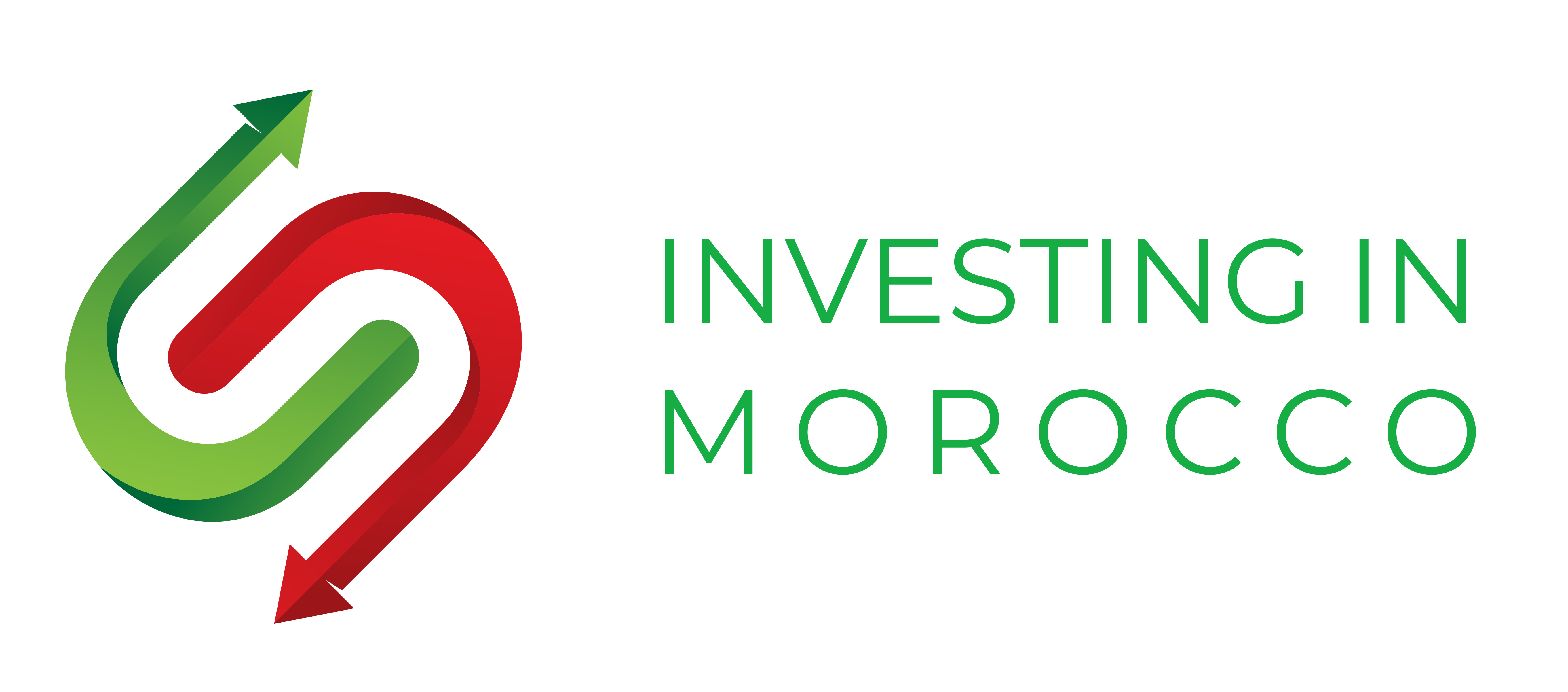
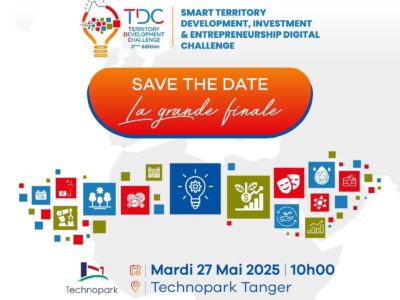
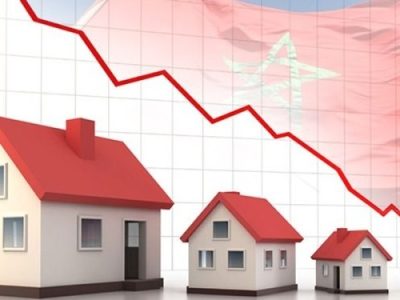


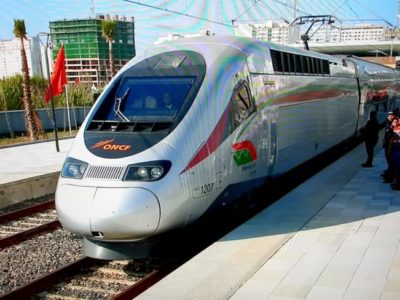
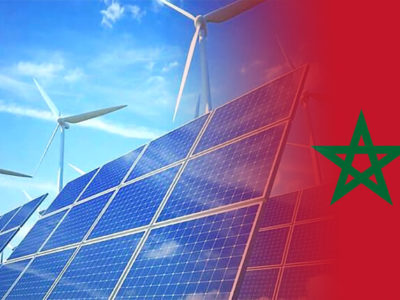


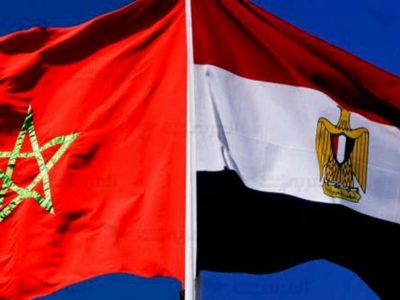
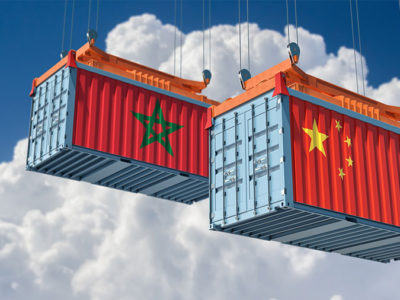
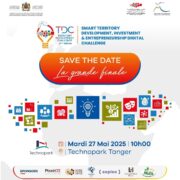
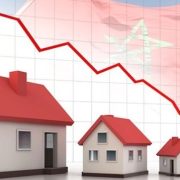

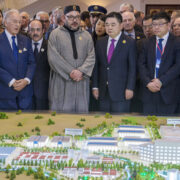
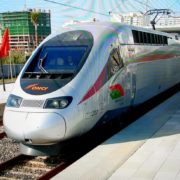



Comments